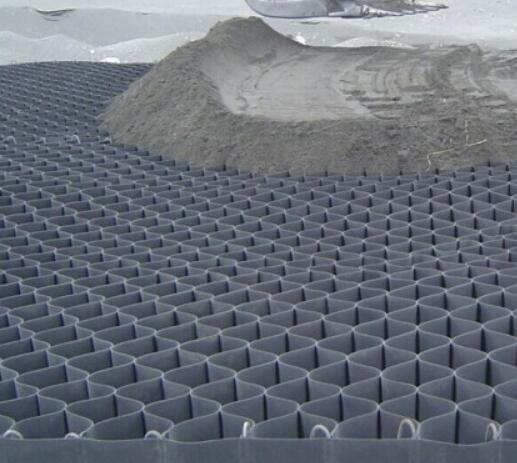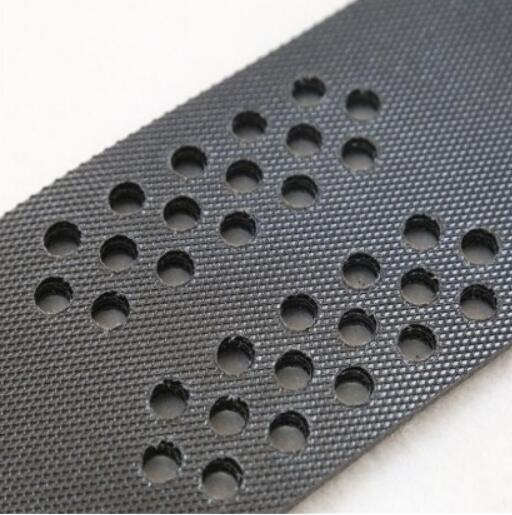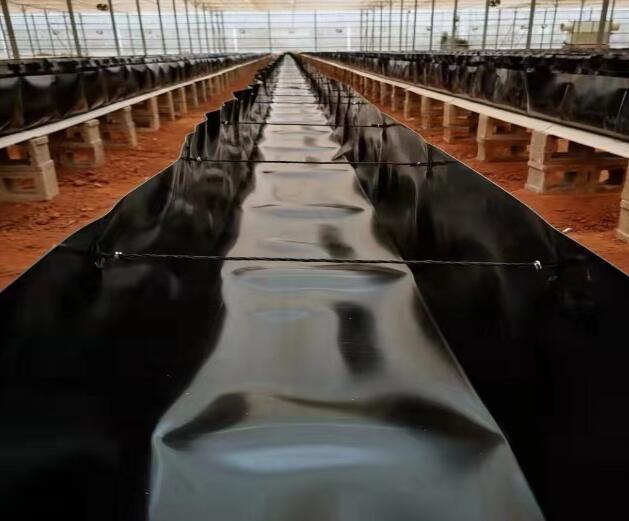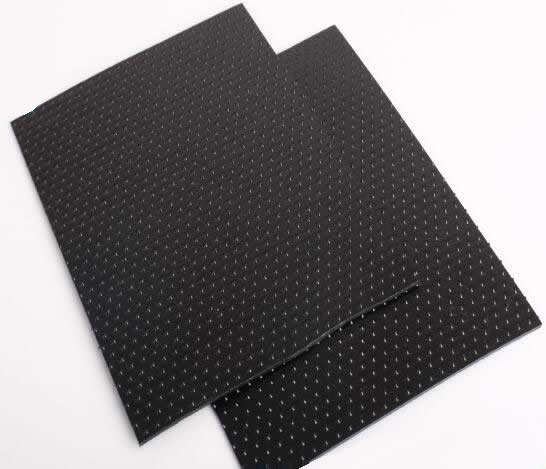- Understanding the Role of Geomembrane Liners in Waste Management
- Innovations in Geomembrane Liners for Water Management
- Geomembrane Liners: A Comprehensive Guide
- The Future of Geomembrane Liners in Civil Engineering
- Geomembrane Liners: Enhancing Landfill Stability
Manager:
WhatsApp:+86 177 0135 2670
Tel:+86 177 0135 2670
Email:marketing@okorder.com
Address:3rd Floor, No.2 Building, No.1 Sanlihe Road
Is HDPE geomembrane safe for long term water storage?
High density polyethylene (HDPE) geomembrane is a frequently used substance in different environmental and engineering projects because of its high strength, flexibility, and impermeability. There are important concerns about the safety and suitability of hdpe Geomembrane for long-term water storage. In this study we would closely consider the features of HDPE geomembranes, evaluate their compatibility with storing waters and answer the question: Is it safe to use them for keeping water over an extended period?
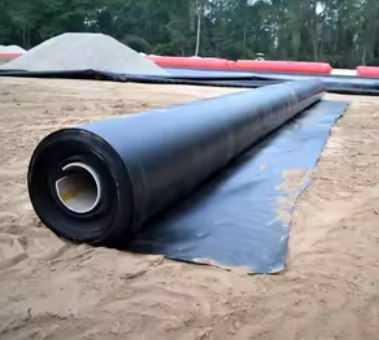
Understanding HDPE Geomembrane
Description as well as Features:
Synthetic liners such as those made out from thermoplastic polymers including High Density Polyethylene (HDPE) offer excellent durability coupled with resistance against various chemicals hence making them useful in many applications especially where there is need for impermeability or flexibility. It can be derived through polymerization processes involving ethylene monomer units which yields a thermoplastic material having good mechanical properties like toughness but lacks solubility at room temperature due to its large molecular weight; thus forming super strong films when cooled rapidly after heating up above melting point.
Water Storage Impermeability
Barrier Properties:
The ability to prevent passage through any substance is what makes High density polyethylene (HDPE) geomembranes most commonly known for being used as barriers in water storages. The tightly packed molecules do not allow even the smallest size of particles such as ions or atoms to pass between them; hence this feature ensures tight containment while minimizing leakage caused by seepage or evaporation.
Chemical Compatibility
Degradation Resistance:
Long term storage facilities are likely to expose materials used during construction such as synthetic liners made out from thermoplastic polymers like HDPE geosynthetics among others into contact with different environmental conditions which may promote degradation by chemical processes. Therefore, HDPE geomembrane materials should have high resistance towards corrosion attacks caused by acids bases or salts present in water and soils.
Stability under PH
The ability of a material to maintain its original form when subjected to different levels of acidity or alkalinity is referred to as pH stability. For example if you were using bricks for constructing an underground storage tank where rainwater would be collected, then it's good news that they will not disintegrate due too much acid rain falling because their nature being basic; but this type of thing cannot happen with High density polyethylene (HDPE) pond liners since they possess excellent pH resistance properties regardless whether stored waters are acidic or alkaline.
Durability plus Longevity
Mechanical Strength:
For any long term storage system mechanical robustness must be considered whereby HDPE geosynthetics offer superior tensile elongation abilities even after being exposed to UV radiation along time. In addition these materials can withstand settlement pressures caused by heavy machinery during site preparation stages without tearing apart thus maintaining their integrity as reliable barriers against liquid seepages from one area into another beneath them through weak points like joints between panels or sheets.
UV Resistance:
The main reason why most people prefer using High Density Polyethylene (HDPE) for outdoor applications such as lining tanks meant for storing rainwater lies on its ability not only resist but also reflect back harmful ultraviolet rays which could otherwise cause deterioration over prolonged exposure periods under direct sunlight. This is achieved through adding specific types of chemicals known as UV stabilizers into raw resin before extrusion process takes place thereby giving birth to UV resistant films having desired thicknesses ranging between 12 mils up-to 120 mils according individual requirements.
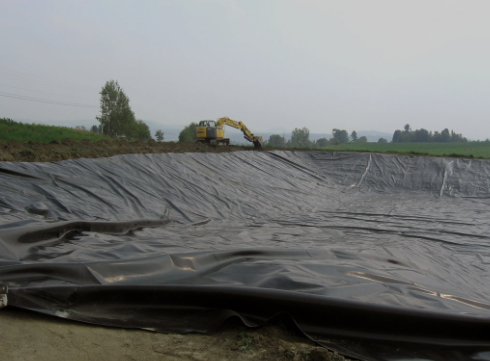
To sum up, HDPE geomembrane is secure and very good for storing water over a long period. It can be said that this material is perfect because of its ability to resist chemicals, its mechanical strength and environmental friendliness which make sure that the water being kept remains in its original condition always. Engineers or managers working on any kind of project related to storage or retention of water should know about the features and potentials of HDPE geo-membranes so as they could utilize them without fear where flexibility would be needed most such as tanks used together with reservoirs for fish farming purposes besides irrigation systems among others; this is due to their reliability over time.
- Previous:Is HDPE geomembrane cheaper than polycarbonate?
- Next:How do I keep my HDPE geomembrane from floating?
-
2024-12-05Geomembrane Liners: A Comprehensive Guide


